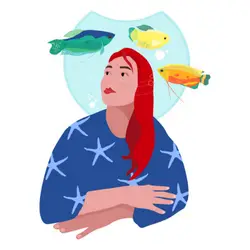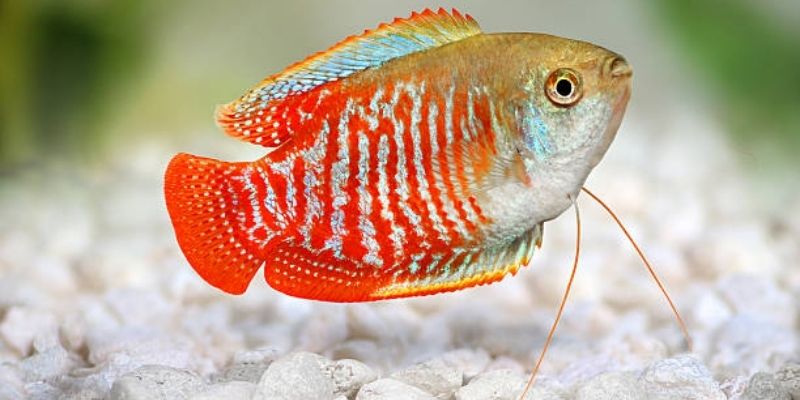Male Dwarf Gourami are generally peaceful fish. This is part of the reason why this fish is not only relatively easy to care for but also has long been a favorite in community tanks.
But while male Dwarf Gouramis do not often become aggressive, some males can be more territorial than others, especially when they mature. But the aggression of male Dwarf Gourami is not exactly like what you would see in other species such as cichlids, goldfish, and livebearers.
Read on to learn when the aggression may become physical and how you can stop it.
When Will a Male Dwarf Gourami Become Aggressive?
Male Dwarf Gouramis display one of two types of aggression:
1. Territorial Aggression
Male Dwarf Gouramis may become territorial when they mature and set up a territory in which they are the sole protector. This type of aggression is more common in certain species such as Siamese fighting fish, otherwise known as Betta splendens. When male Dwarf Gouramis feel their territory is in danger, they will act aggressively to chase the intruder away.
2. Spawning Aggression
Male Dwarf Gouramis can become aggressive when they are ready to spawn with a female or when other male/female pairs have already spawned together in the same tank. This type of aggression is more likely to happen when the male Dwarf Gourami believes a female is ready to spawn.
How Can You Stop the Aggression?
You can stop the aggression by giving the male Dwarf Gourami plenty of space and hiding places, as well as making sure that there are no other males or pairs in his territory. In addition, always make sure that you provide plenty of hiding spots for the female when it comes time to spawn. If the male Dwarf Gourami is already spawning with a female, break up their pair and remove her.
Summary:
Dwarf Gouramis are always best kept in small groups of four or more fish. This will help prevent aggression because there are no territories. But because Dwarf Gouramis are not aggressive, they can also be kept in a community tank.

